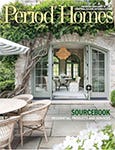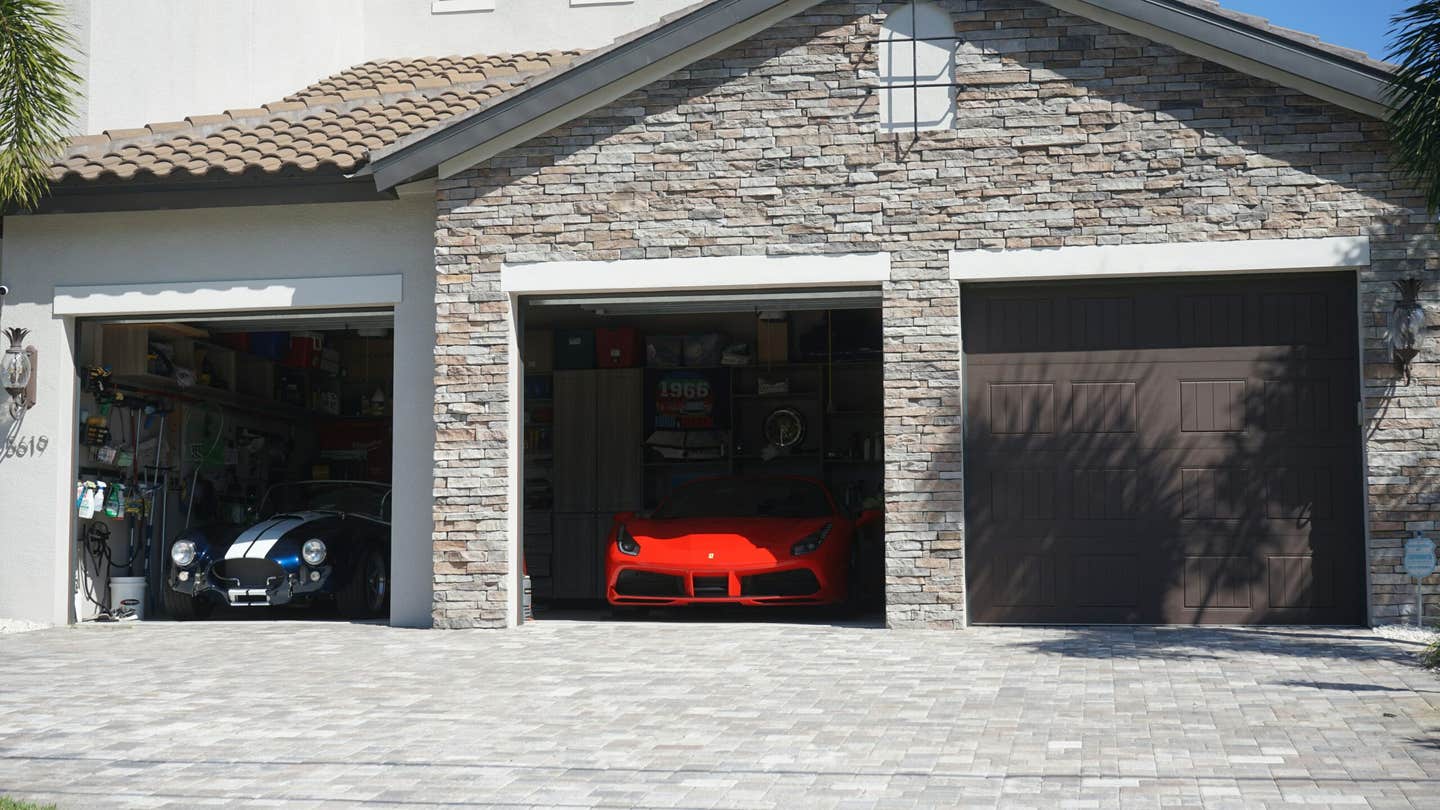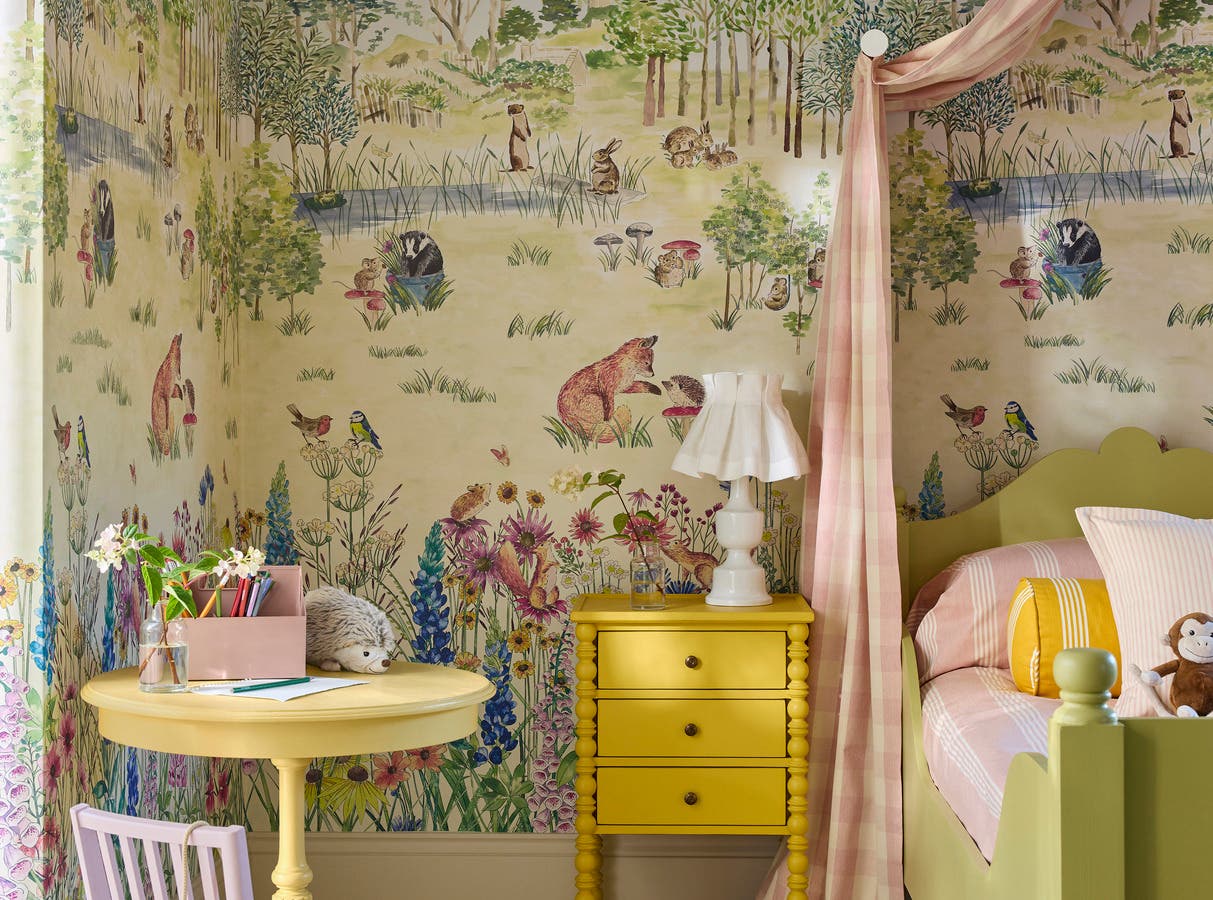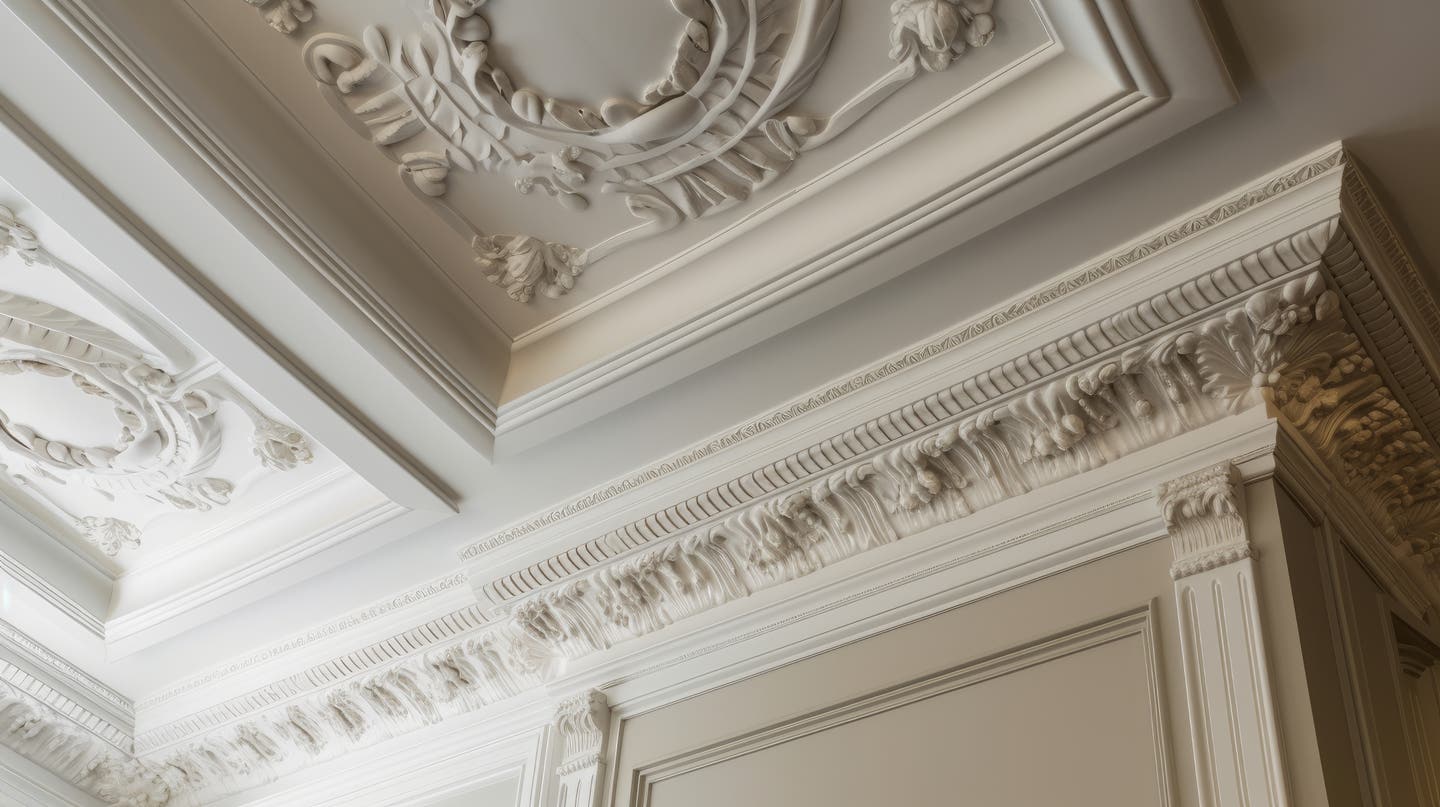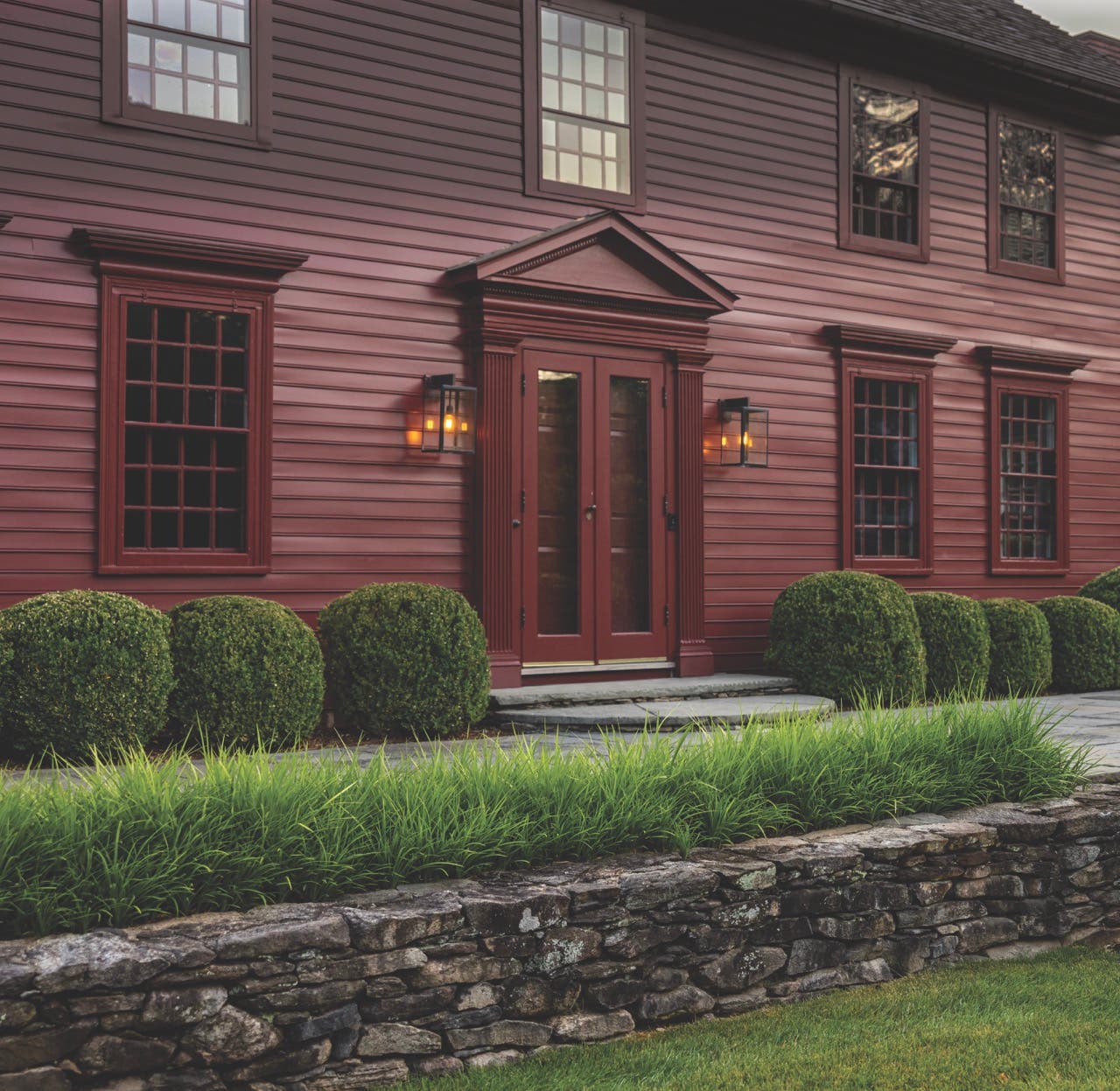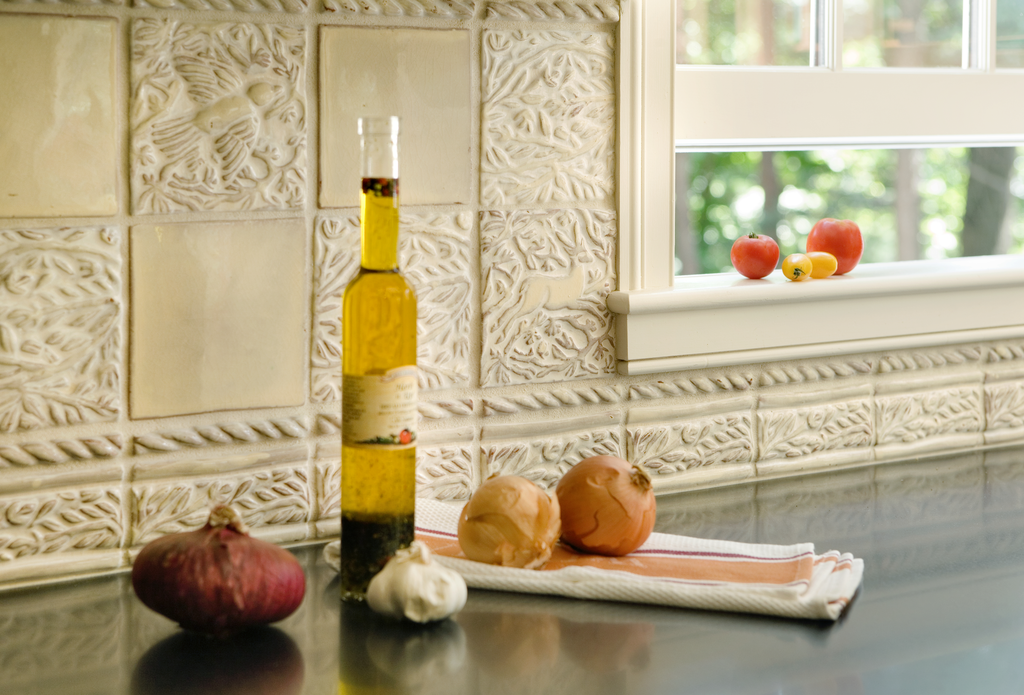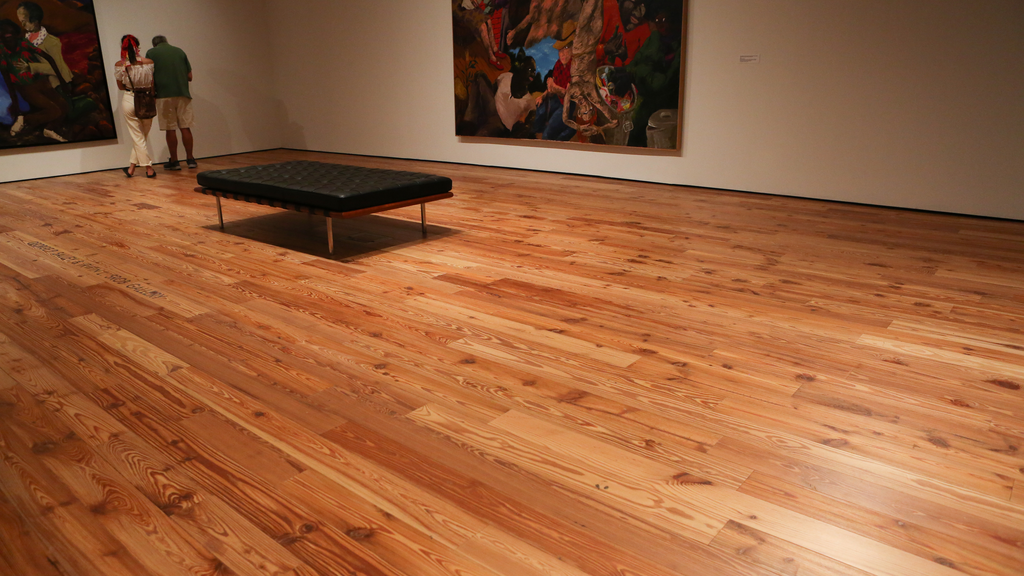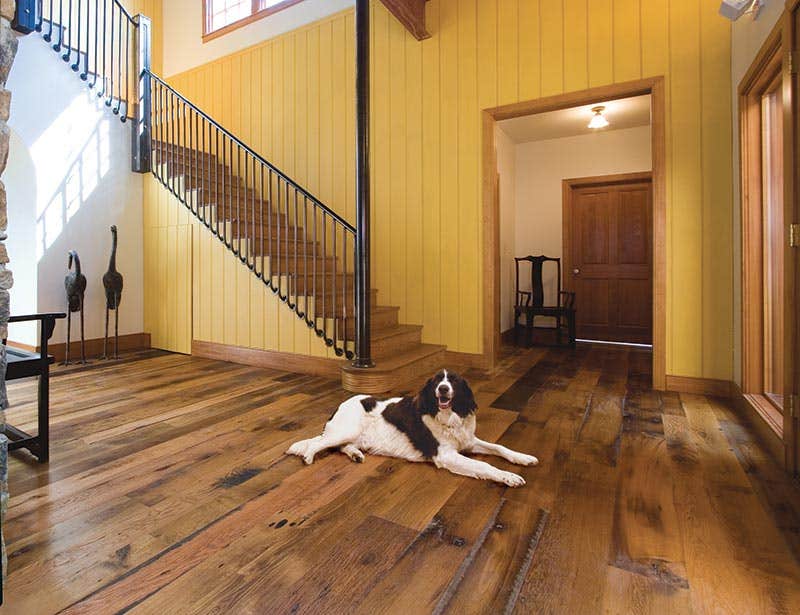
Product Reports
Navigating the Reclaimed Wood Flooring Market

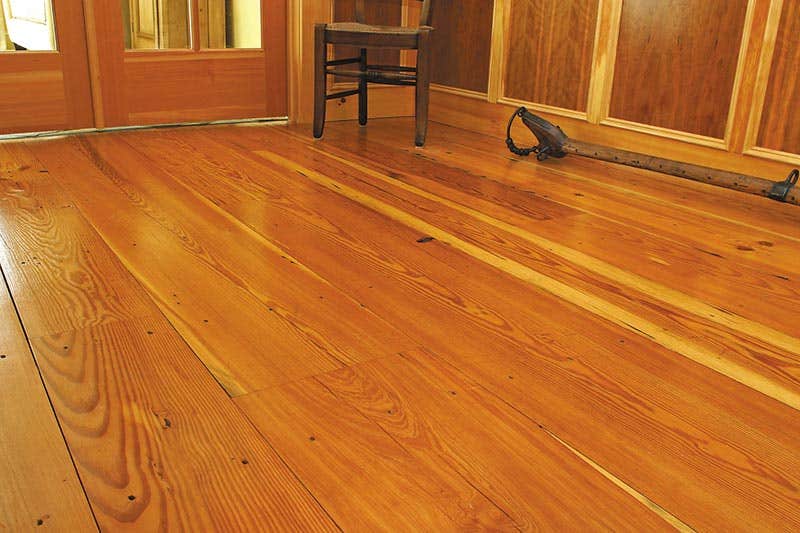
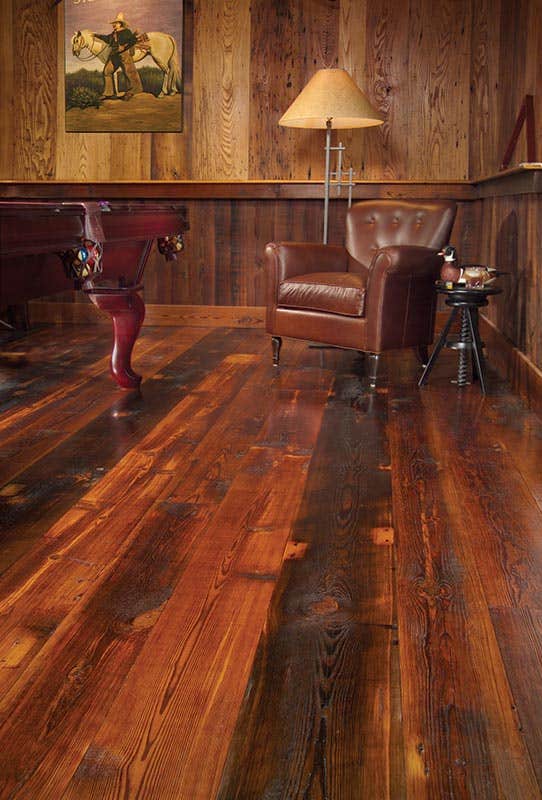
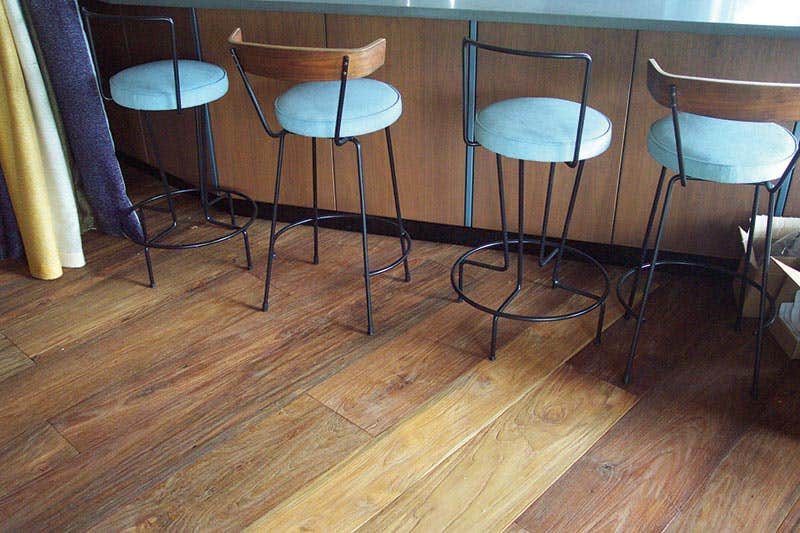
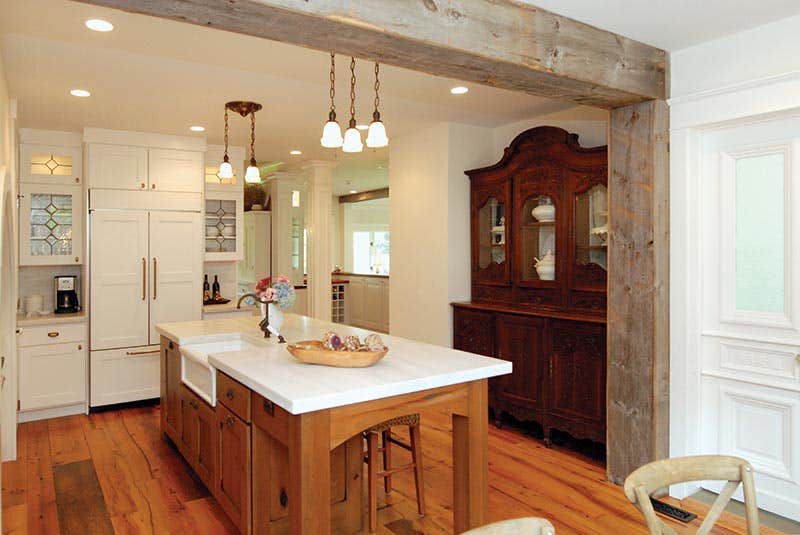
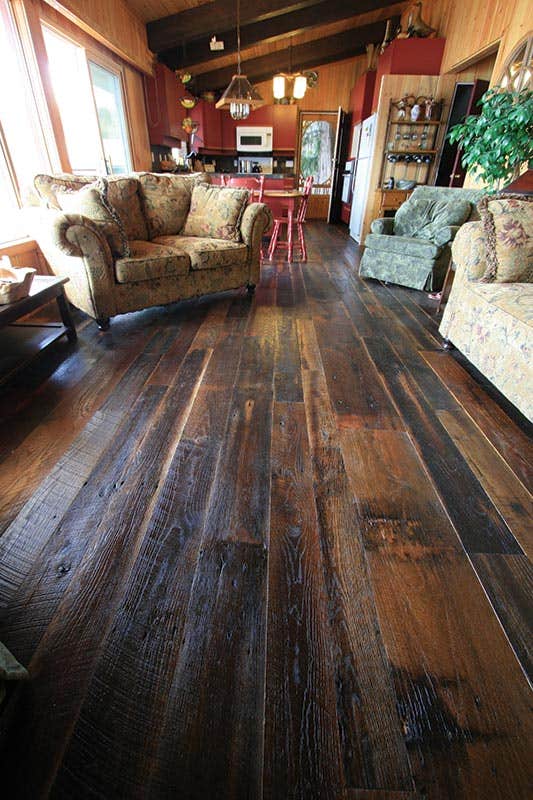
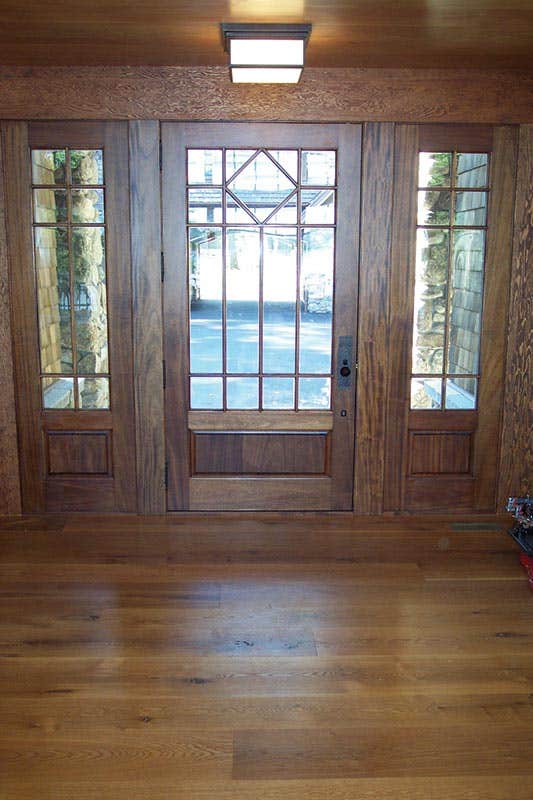
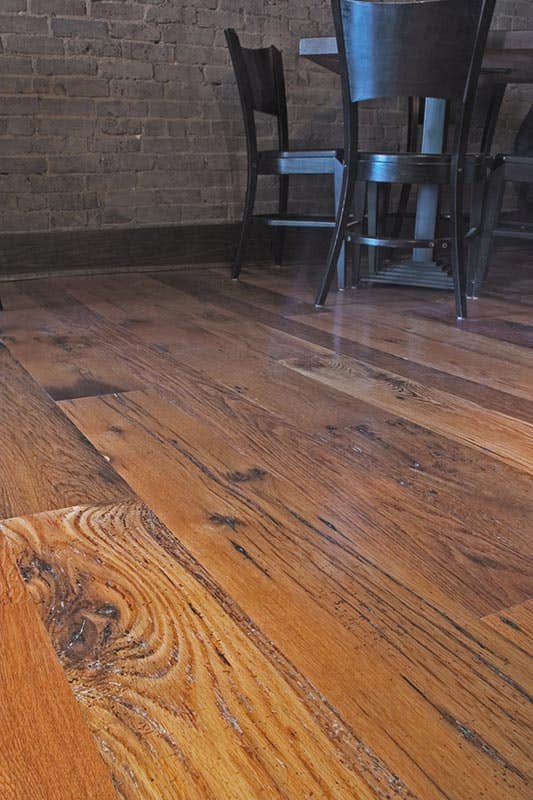
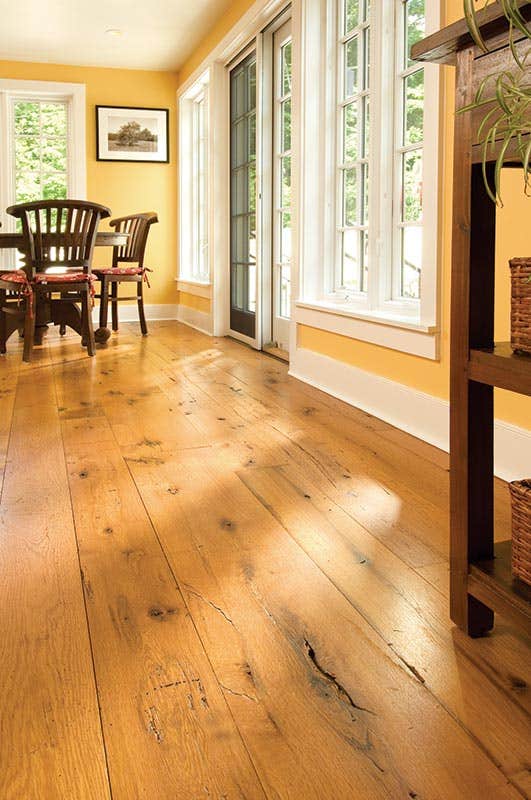
Whether it’s burly wide planks or svelte strips of tongue-and-groove boards, no material says “floor” in a period house like wood. Where though do you find classic wood species in period – non-conventional – dimensions? Not among the bamboo composites and photo-grained laminates at big box stores. Like so much in the historic building world, the answer is often from suppliers who specialize in traditional sources, from real trees to historic buildings themselves.
Companies that serve the market for period-style reclaimed wood flooring typically acquire their raw materials by two means: cutting fresh lumber from standing timber (usually second-growth trees), and/or reclaiming lumber by recycling previously milled beams, flooring and other wood components of barns, mill buildings and factories. Compared to logging, reclaiming lumber on a broad scale is a fairly new industry, though many of the originators have been at it for decades.
For example, Barry Stup at The Woods Company in Chambersburg, PA, who has been in the reclaimed woods business for over 30 years, says, “we do it all,” whether the source is reclaimed or fresh-cut flooring. “Much of our customer base seeks a newly old look,” says Stup, “and in our business, random widths of three, four, five and six inches are what fill that need. Antique oak is probably our most popular product.”
Stup says that, originally, much of his material came from barns, yielding primarily oak and chestnut, but now his company travels all over the mid-Atlantic region in search of sources – recently as far as St. Louis. Lest you think that reclaimed woods are a limited resource, he counters that this is a huge country and “there’s always a building coming down somewhere.” In fact, he notes that all the time he may be bidding on the material in one building, there are likely other buildings being demolished without any opportunity to recycle their materials. “For the best timber, we compete to buy the resource,” he says. “It’s similar to ripe fruit, with a limited window for acquisition and use.”
Another company that has made a specialty of reclaiming lumber, primarily from industrial buildings, is Longleaf Lumber of Cambridge, MA, where Marc Poirier says they do a lot of business in heart pine, chestnut flooring, and wide eastern white pine. Of the latter, Poirier says, “We sometimes see material as wide as 20 in., which is great for Colonial period houses and other period restorations.” More standard, however, are widths of 6 to 10 in., especially for oak. “We also mill a lot of heart pine,” he says, “particularly for matching the 3¼-in. face tongue-and-groove flooring seen predominantly between the late 1880s and the 1920s.” He adds that while it is possible to process, say, factory beams into flooring or lumber that looks like fresh-cut timber, “the waste factor on old stuff is pretty high.”
The rebound of natural hardwood and softwood forests over the last century is the other main source for the period reclaimed wood flooring industry. “Reclaimed and antique woods are more popular than ever,” says Bob Indorf of Housatonic Hardwoods in Kent, CT. “But new product from second-growth timber is generally far more common by a significant factor.” For his clients, Indorf notes that all the Northern hardwoods are popular – white oak, red oak, maple and hickory among them – and he also does business in birch and hemlock. “A lot of it is coming out of western Pennsylvania and Ohio,” he adds.
With fresh-cut timber, “source is so important,” says Dan McMillan of Carlisle Restoration Lumber in Stoddard, NH. He explains that mature timber makes a big difference, and for white oak, for example, his company seeks trees 70 to 160 years old, and then does single-point harvesting that leaves the rest of the surrounding forest to grow and mature. Carlisle harvests trees from all over the Northeast – particularly New England and western Pennsylvania – and then processes them at its New Hampshire mill. It also offers reclaimed oak, chestnut and heart pine sourced from the headers and structural beams in mill buildings.
The specialty at Carlisle is wide boards – typically 6 in. and wider – but like many companies, it will also do special sizes and restoration projects. For example, McMillan says he recently completed a job in New Jersey that required boards 15 ft. long that were rift and quartered – a high-end cut that maximizes vertical grain, and the beauty and durability of woods like oak.
“We can manufacture to all sorts of grades and lengths,” Indorf says, such as a recent job for a house in Litchfield, CT, where Carlisle supplied 16-ft. rift-and-quartered material – lengths common generations ago but now almost unheard of in the standard flooring industry. Catherine Lanieri of Heritage Wide Plank Flooring in Greenvale, NY, has built a business supplying widths from 4 to 12 in., but notes that “long lengths up to 16 ft. make as much of an impact as widths in the overall appearance of a floor, creating long, fluid lines that expand the depth of a room.”
Aside from the current construction downturn, companies producing period wood flooring have some interesting perspectives on their industry. “Over the years, there has been a steady growth in the awareness of reclaimed flooring,” says Poirier, “and the ‘green factor’ has led many people to give it a second look. At the end of the day, it is the aesthetics that are the driver.”
McMillan says that with reclaimed woods, the end-user, “has to love the story – say, that the wood was once part of a shoe factory.” Indeed they will also be paying for the story, because the process of reclaiming woods from defunct buildings to new flooring has its “managing costs” in the form of handling, inspection and de-nailing.
“There is definitely a downturn, but there will always be a demand,” says Stup. He notes that while restoration projects appear to be down, the appeal of the material continues and, conversely, current interest “tends to be in new construction, especially in retail and restaurants.” Poirier agrees, and says a large proportion of his product goes into new buildings, including bars and stores.
Working with Wood Floors
When it comes to spec’ing and matching historical flooring projects, conventional grading standards and terminology like hardwood FAS only go so far. “As with any natural product, it is so important that expectations are clear, and visual communication is key,” says McMillan, noting that when his company goes to a job, they take detailed notes about grain and degree of orientation (such as “highly vertical”), maximum size of knots, spacing of knots and so on. “A lot is accomplished with a photograph.”
Poirier agrees, and says his company regularly takes clients samples when matching existing floors. “We sometimes even pull flooring boards from different lots to fill in needed cut or appearance.”
The success in matching wood floors often turns on character – that is, the visual personality of the boards that result from the way the wood has grown and been cut and, in the case of reclaimed woods, what it has acquired during prior use. For example, Poirier says that “oak today is fairly rustic, with knots, and not as clear as years ago.”
“One of the reasons you really don’t see a lot of long boards in some white oak flooring,” says McMillan, “is because automated mills use lower quality wood and do not discern between a hole and a beautiful knot. With higher quality wood and craftsmen reviewing every inch, we are able to maintain the extremely long lengths and wide widths required in period reproductions.”
Reclaimed woods add another dimension to the character issue. In the case of reclaimed floors, Poirier says it is good to have a conversation between owner and installer about sanding. For example, when there is an original skip face – the rudimentary hit-or-miss surfacing seen on rustic and industrial floors – it would be a shame to sand off this character, which is part of why historic boards are purchased in the first place. Salvaged flooring also inevitably has a nail pattern that the client and installer will have to deal with, either by working with the pattern in the installation, or working around it – say, by shuffling boards so the pattern is not obvious.
“Many architects will not make average length or length range part of their specifications, which can result in very short floors and create an extreme number of butt joints,” says McMillan. “We like to suggest an average length of 7 ft. and longer with a range up to 14 ft. to create the most authentic look.”
“With reclaimed materials, it is a two-way street,” says Stup. “We have to work with the resources that come our way.” For example, as of late he frequently reclaims materials from houses due to be torn down, “so that materials like flooring and paneling come out of the house and into another building pretty much as they are – that is, without any other milling.” As a result, he is seeing more interest than in the past in finished floors and painted woods, such as paneling.
“The more creative the architect,” he says, “the more they will be able to take advantage of these newer kinds of reclaimed wood flooring materials.”
Gordon Bock, co-author of The Vintage House (www.vintagehousebook.com), is an in-demand speaker for courses, seminars, and keynote addresses through www.gordonbock.com.

